The art of cooking zongzi, the traditional sticky rice dumplings enjoyed during the Dragon Boat Festival, has evolved over centuries. While bamboo leaves and glutinous rice remain the core ingredients, modern kitchen tools like pressure cookers have revolutionized the process. Among the various methods, using a pressure cooker has gained popularity for its efficiency and consistency, particularly with the widely recommended approach of cooking for 40 minutes after the pot reaches full pressure.
Understanding the Pressure Cooking Method
Pressure cookers work by trapping steam inside a sealed pot, significantly raising the internal temperature beyond what conventional boiling can achieve. This high-pressure environment allows heat to penetrate dense ingredients like glutinous rice far more effectively. For zongzi, which are tightly wrapped parcels often containing multiple layers of filling, this means more even cooking throughout without the risk of the outer rice becoming mushy before the center is done.
The 40-minute cooking time isn't arbitrary. Traditional zongzi recipes often require several hours of simmering to properly cook through. The pressure cooker's intense heat reduces this time dramatically while still achieving the desired texture - rice that's thoroughly cooked yet retains individual grains, with fillings that are heated through and flavors that have properly melded. This timing has been refined through countless home cooks' experiences to strike the perfect balance between efficiency and quality.
Preparation Before Cooking
Before even considering the cooking time, proper preparation is crucial. The zongzi must be wrapped securely to withstand the pressure cooking process. Unlike gentle simmering where a loose wrap might simply leak, pressure cooking can force water into poorly wrapped parcels, resulting in waterlogged rice. Many experienced cooks recommend double-checking each zongzi's tightness and possibly using an extra leaf or twine for reinforcement.
Soaking the rice beforehand remains essential even when using a pressure cooker. While the high pressure can cook unsoaked rice, the texture won't be ideal. Most recipes suggest soaking glutinous rice for at least four hours, or preferably overnight, to ensure proper hydration. The same goes for other ingredients like dried beans or mushrooms that might be included in the filling - they need proper soaking to rehydrate before being cooked under pressure.
The Cooking Process Explained
When ready to cook, the pressure cooker should be filled with enough water to cover the zongzi by about an inch, similar to traditional boiling methods. Some cooks add a plate or steamer basket at the bottom to prevent direct contact with the heat source, which can cause scorching. The zongzi are then arranged carefully, trying to keep them submerged while allowing water to circulate around each parcel.
After sealing the pressure cooker and bringing it up to full pressure (when steam begins escaping steadily from the valve), the 40-minute count begins. It's important to maintain consistent pressure during this time, adjusting the heat as needed to keep the pressure steady without excessive steam release. The high pressure inside the cooker typically maintains a temperature around 115-121°C (240-250°F), significantly hotter than standard boiling.
Why 40 Minutes Works
The science behind the 40-minute timeframe relates to how heat transfers through the dense rice packets. At pressure-cooker temperatures, heat can penetrate about an inch into food in approximately 15-20 minutes. Considering most zongzi are about 2-3 inches thick when wrapped, 40 minutes ensures the heat reaches the center and holds there long enough to thoroughly cook the rice and any fillings.
This duration also allows for the starches in the rice to properly gelatinize, creating that signature sticky yet distinct grain texture that defines good zongzi. Shorter times might leave the center undercooked, while longer cooking could break down the rice too much, creating an overly mushy consistency. The 40-minute sweet spot produces rice that's tender but still has some chew, with fillings that are piping hot and flavors that have mingled beautifully.
Safety Considerations
While pressure cookers are generally safe when used properly, cooking zongzi presents some unique considerations. The dense packets can block pressure release valves if not arranged carefully, so it's crucial to leave adequate space between them. Never fill the pressure cooker more than two-thirds full when cooking zongzi, as the expanding rice needs room to move as it cooks.
The natural release method is often recommended after the 40-minute cooking time - allowing the pressure to decrease on its own rather than forcing a quick release. This gradual pressure drop helps prevent the sudden temperature change that could affect the zongzi's texture. Typically, this adds another 10-15 minutes to the total process but results in more evenly cooked dumplings.
Comparing to Traditional Methods
Traditional zongzi cooking methods involve simmering the parcels for 3-4 hours, with some recipes calling for even longer cooking times. The extended duration was necessary to ensure the heat penetrated through all the layers of rice and filling. While this method certainly works and is still preferred by some traditionalists, the pressure cooker approach offers several advantages beyond just time savings.
The intense pressure forces moisture and flavor deeper into the ingredients, potentially creating more flavorful zongzi in less time. There's also less risk of the water boiling away and needing replenishment, which can lead to inconsistent cooking. Energy efficiency is another benefit - pressure cookers use significantly less energy than maintaining a rolling boil for several hours.
Texture and Flavor Results
When done correctly, pressure-cooked zongzi should be indistinguishable from their traditionally cooked counterparts in terms of texture and flavor. The rice should be fully cooked but not mushy, with each grain maintaining its integrity while sticking slightly to its neighbors. Fillings should be heated through and their flavors well-incorporated with the rice.
Some connoisseurs argue they can detect subtle differences - pressure-cooked zongzi might have a slightly more uniform texture throughout, while traditionally cooked versions could have more variation between the outer and inner layers of rice. However, for most home cooks and diners, these differences are negligible compared to the significant time savings.
Troubleshooting Common Issues
Even with the relatively foolproof 40-minute guideline, issues can arise. Undercooked zongzi usually indicate either insufficient soaking time for the rice or overcrowding in the pressure cooker preventing proper heat circulation. If the rice is cooked but fillings remain cold, the parcels might be too large - consider making smaller zongzi next time.
Waterlogged zongzi suggest either inadequate wrapping or too much water in the pressure cooker. Conversely, if the zongzi stick to the bottom or show signs of scorching, there might not have been enough water, or the heat was too high during cooking. These issues are easily corrected with small adjustments in technique.
Cultural Significance Meets Modern Convenience
The adoption of pressure cookers for making zongzi represents an interesting intersection of tradition and modernity. While the Dragon Boat Festival and its associated foods are deeply rooted in Chinese culture spanning thousands of years, contemporary cooks aren't hesitant to embrace tools that make the process more accessible.
This adaptation hasn't diminished the cultural importance of zongzi-making - if anything, by making the process less daunting, more people are willing to attempt making their own rather than relying on store-bought versions. The 40-minute pressure cooker method has become a gateway for younger generations to connect with culinary traditions they might otherwise have considered too time-consuming.
As with any traditional recipe, variations exist based on regional preferences and family traditions. Some cooks might prefer 45 minutes for particularly large zongzi, or reduce to 35 minutes for smaller ones. The 40-minute benchmark serves as an excellent starting point that home cooks can then adjust based on their specific equipment and preferences, keeping alive the spirit of culinary adaptation that has sustained this ancient tradition into the modern era.
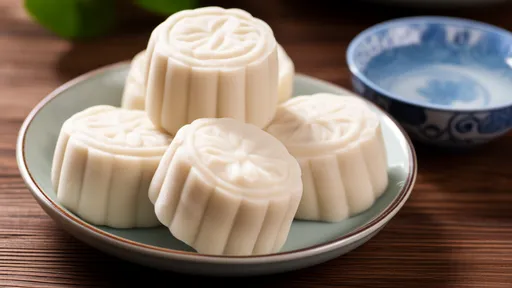
By /Jul 31, 2025
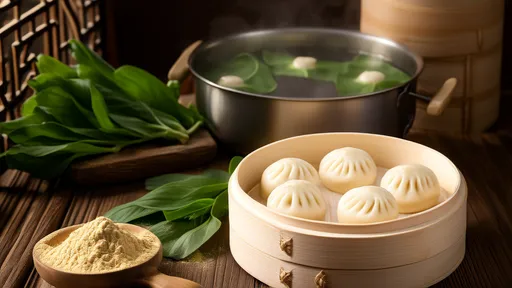
By /Jul 31, 2025

By /Jul 31, 2025
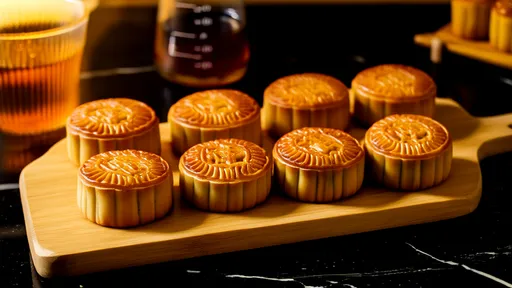
By /Jul 31, 2025
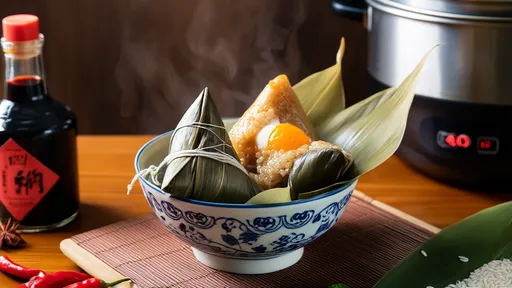
By /Jul 31, 2025
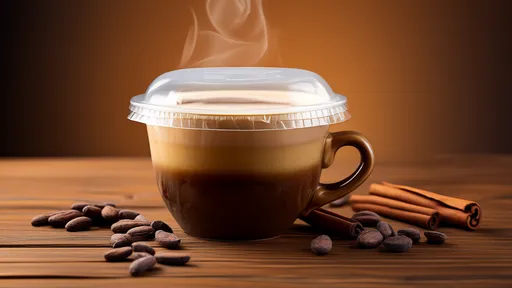
By /Jul 31, 2025

By /Jul 31, 2025

By /Jul 31, 2025
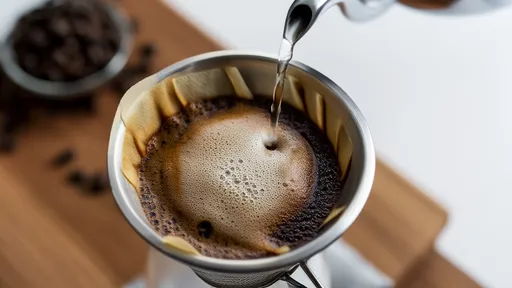
By /Jul 31, 2025
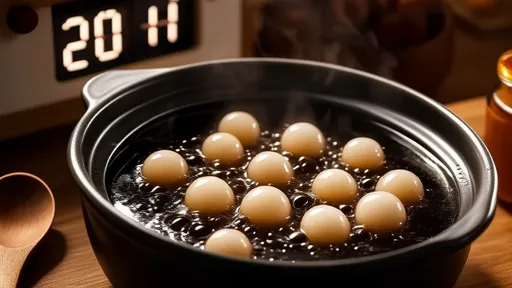
By /Jul 31, 2025

By /Jul 31, 2025
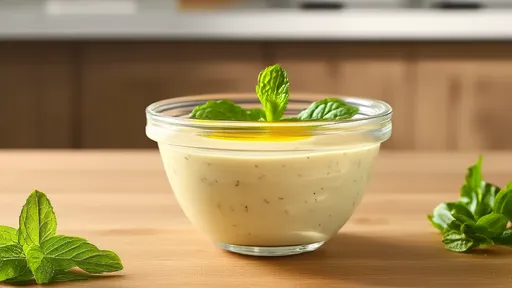
By /Jul 31, 2025

By /Jul 31, 2025

By /Jul 31, 2025
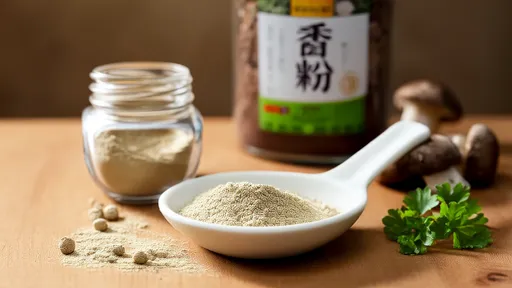
By /Jul 31, 2025
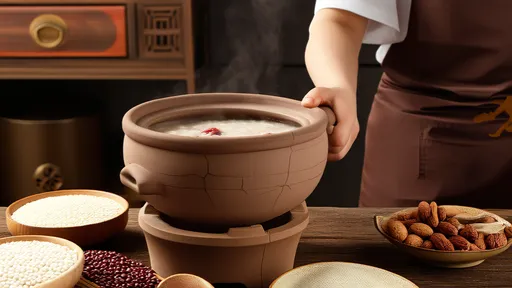
By /Jul 31, 2025
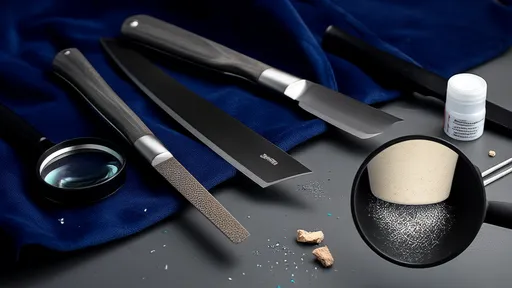
By /Jul 31, 2025
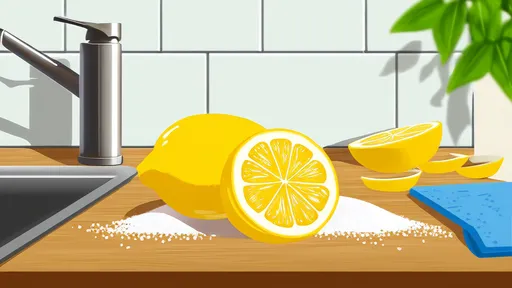
By /Jul 31, 2025
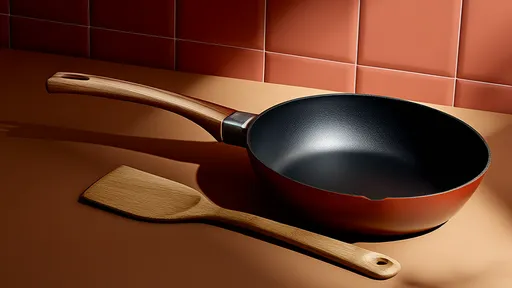
By /Jul 31, 2025
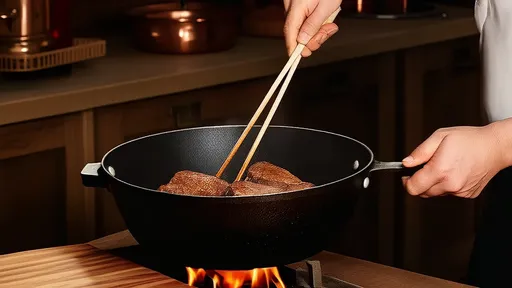
By /Jul 31, 2025